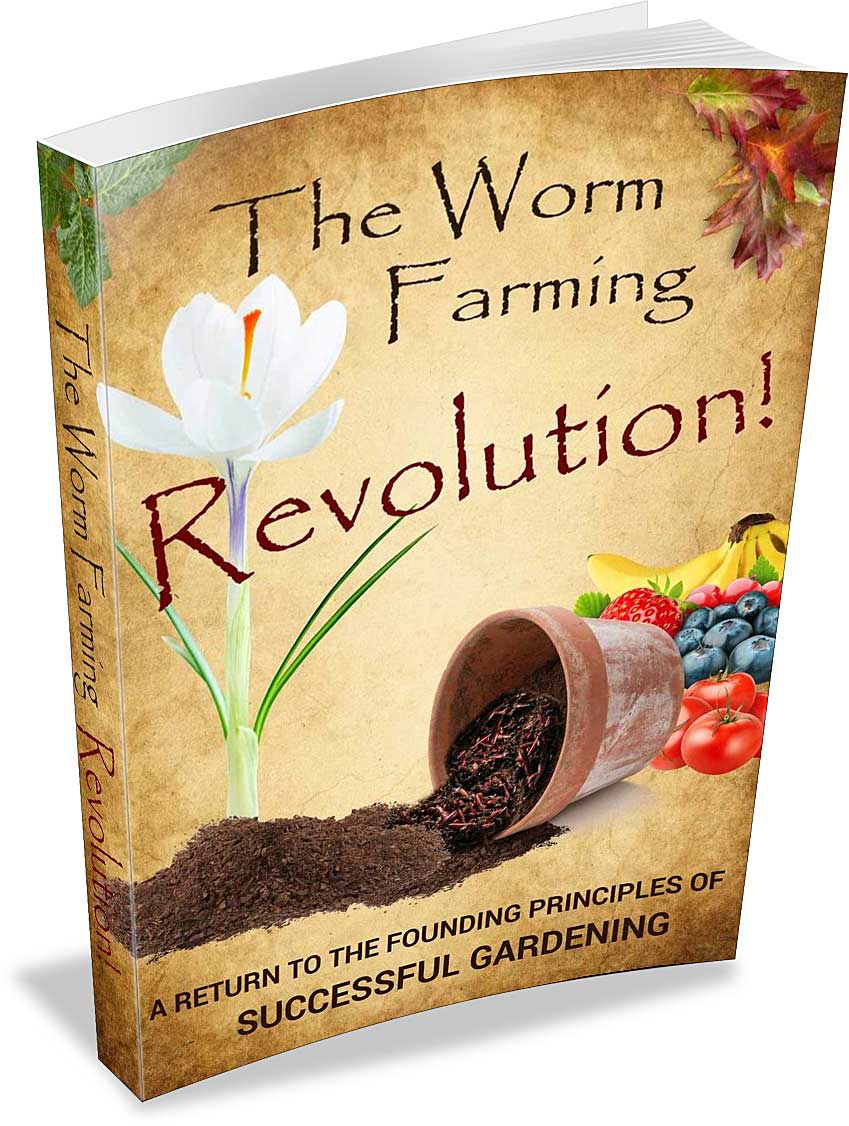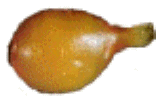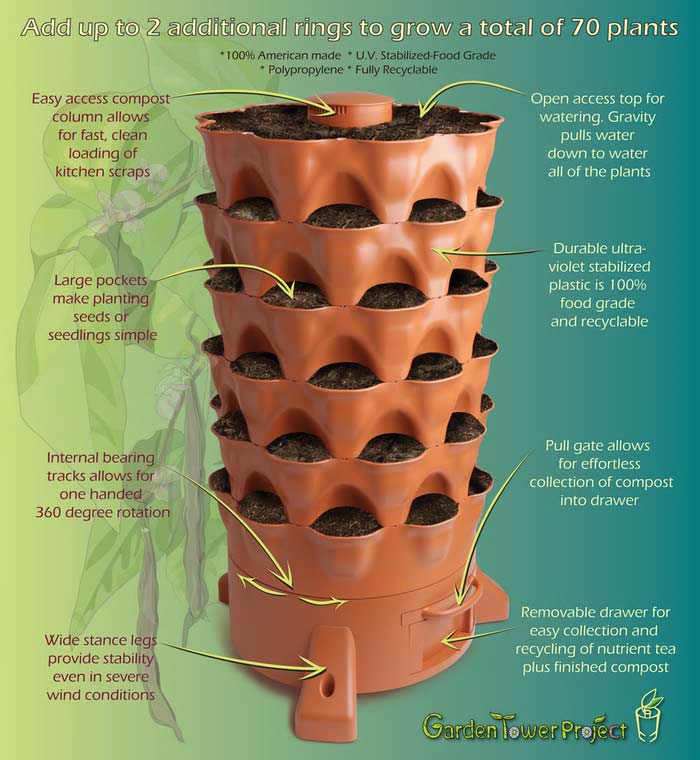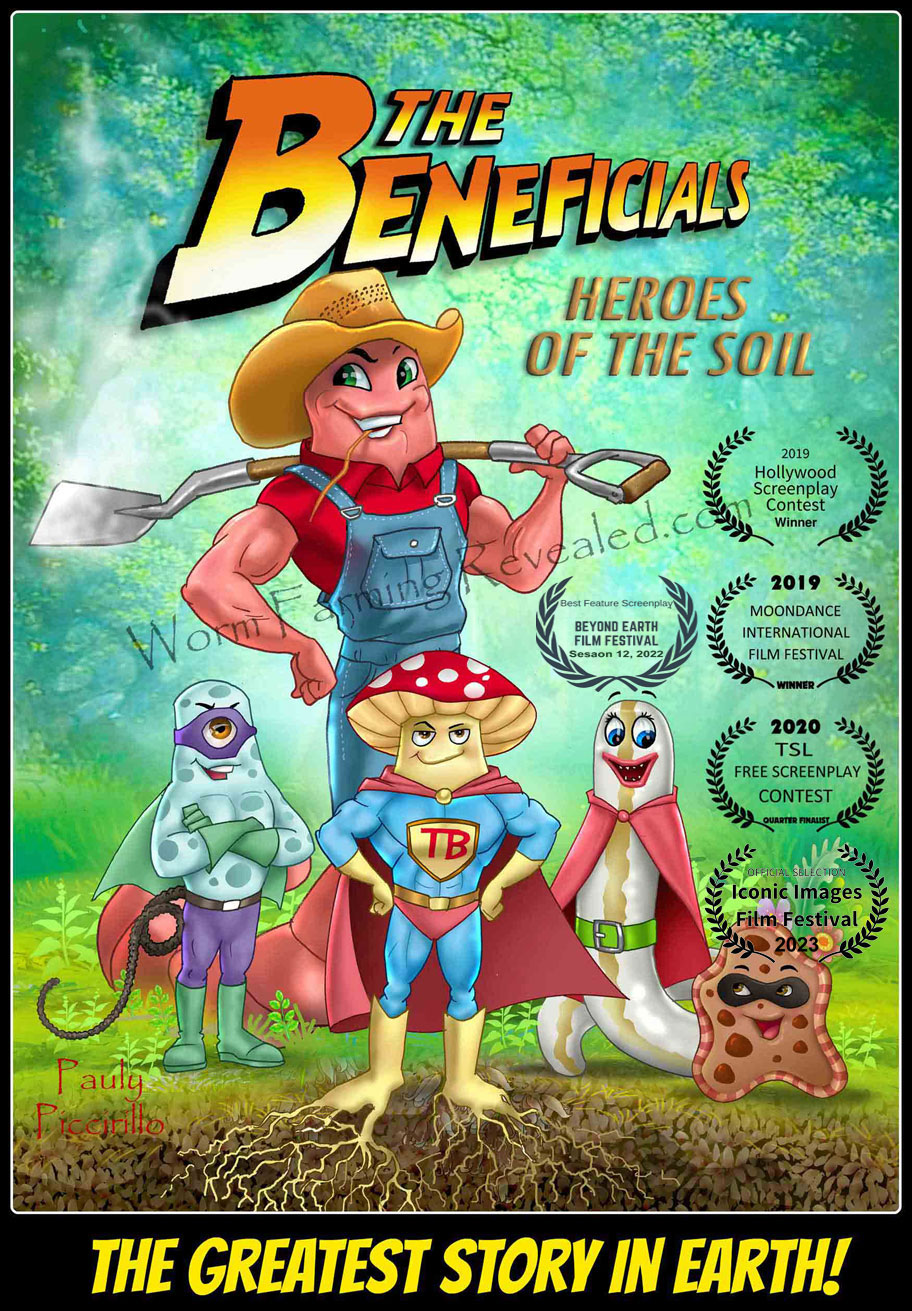About Worms and Worm Reproduction
Back to TOC
The worm reproduction is very unique within the animal kingdom. Unlike most living creatures, all earthworms are hermaphrodites (possessing both male and female organs).
As you saw in the illustration (at the worm anatomy page) they have both testis and ovarian organs. when two worms are ready to mate they assume a head-to-tail position. They exchange sperm while covered in a layer of mucous.
Sperm is passed from one worm to the other. Once separated, another fluid is released which causes the mucous to harden. The eggs are fertilized at a later time. Mature eggs and sperm is deposited in a cocoon which is located in the clitellum, the thick-ringed part of the worm located just a ways down from the mouth.
The sperm cell then fertilizes the egg and the worm deposits the cocoon into the soil. Below is a video showing two worms mating.
Egg Production
Worm eggs and cocoons will sometimes be referred to synonymously. However, they are two separate things considering the eggs are located within the cocoon.
|
|
Hungry for a turkey leg? |
This applies to their everyday well being. The happier your worms are the more production in castings and eggs you will have.
Moisture
They must remain moist at all times. The bedding should be wet but not too wet. It's too wet if it's dripping. If you can't squeeze any water out, then it's too dry. It should always remain the consistency of a damp sponge.
The sponge, when picked up will not drip, yet you can squeeze water out or at least it must feel wet when touched.
Temperature
The Eisenia Fetida species are among the most adaptable to a wide range of temperatures from 34°F - 95°F. This doesn't mean that worm reproduction will remain efficient in this wide fluctuation.
It just means that since they're a topsoil dweller that they're the most tolerable. The optimal temperature is somewhere in the neighborhood of 60°F - 70°F. Give or take of course.
Food
I'll get into this a little deeper but briefly I'll touch on a few main points. Worms need a Carbon to Nitrogen ratio of about 20:1 up to 40:1. If your C:N ratio is out of balance then your bin can become smelly, stagnate, and too hot for your worms. These are also anaerobic conditions choking out oxygen levels and suffocating the worms.
Materials rich in carbon are wood, hay, straw, paper, dead leaves, etc... Materials higher in nitrogen would be the fruit of the plants i.e. apples, tomatoes, beans, cucumbers, grains, and mainly all greens.
There have been those that have claimed these rich carbon foods are a stimulator for the increased production of eggs.
I've noticed myself the increase when I lay a piece of damp newspaper over the top of the compost or just fill it throughout with shredded paper material.
Here are a few statistics to remember about egg production.
*Keep in mind that these numbers are at optimal conditions and even at optimal worm reproduction conditions you will have variations and variables.
Below is the rate of the Red wiggler.
|
Egg production: |
Growth Rate: |
Watch my video below of a live worm birth. I actually had triplets and was three times as proud to be able to catch them in my hands.
Baby Hatching From Cocoon
Go to 6. Worm Castings Next
OR
Return From Worm Reproduction to Beginning TOC
 Paperback or eBook |
Like what you read so far? There's a whole lot more on this topic. Over 270 pages
of worm composting information from making worm tea to raising 6
different worm species for gardening, fishing, or your recycling needs. Get it & Read it Today! |











